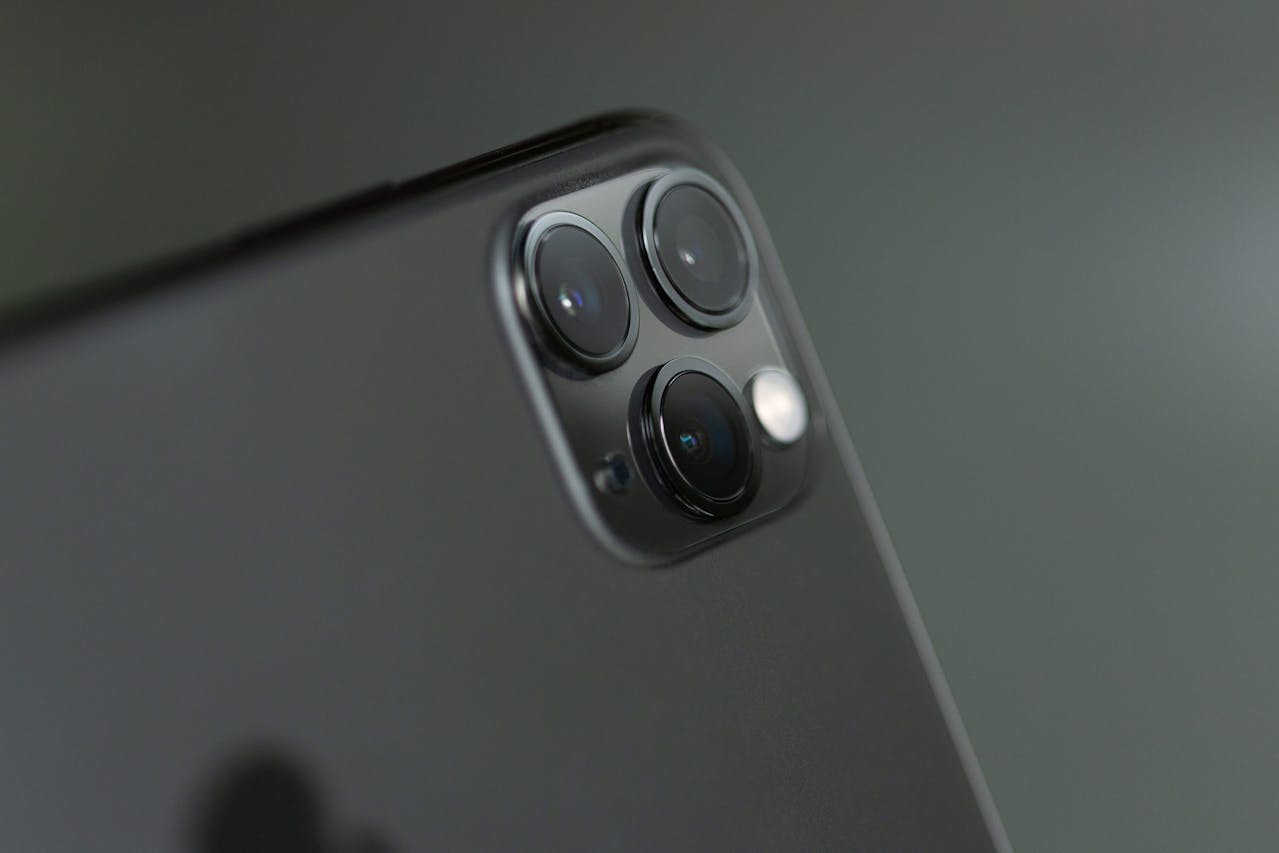Google Pixel vs iPhone The Smart Choice for Your Next Phone
Choosing your next smartphone can be overwhelming with so many top-tier options on the market. Two of the most popular contenders are the Google Pixel and Apple’s iPhone. Each offers unique features and capabilities, but which one is the better choice for you? Let’s explore their differences, strengths, and what makes them stand out.

Design and Build Quality
Both the Google Pixel and iPhone are known for their sleek designs and premium materials. The iPhone, particularly the latest models, features a polished aluminum or stainless-steel frame and Ceramic Shield glass, offering durability and a high-end look. Google Pixel devices, on the other hand, prioritize lightweight construction with matte finishes that resist fingerprints.
A key difference lies in customization. Pixel phones provide incredible value, offering top-tier features at a lower price point than many iPhones. With more affordable pricing, the Pixel delivers excellent design without breaking the bank. Meanwhile, the iPhone’s ecosystem ensures seamless integration with other Apple products like MacBooks and Apple Watches, which appeals to users already invested in Apple’s ecosystem.
Ultimately, the choice comes down to personal preference: Do you prefer Apple’s iconic design or Google’s minimalist and practical approach?
Software Experience
When comparing software, it’s clear both phones cater to different audiences. The iPhone runs on iOS, a user-friendly and tightly controlled operating system offering seamless performance and regular updates. Its simplicity appeals to those who want a device that works perfectly out of the box.
In contrast, Pixel offers a clean and intuitive Android experience with no bloatware and faster updates directly from Google. Enjoy more freedom with the Pixel’s compatibility with third-party apps and accessories, giving you full control of your device. While iOS is excellent for its simplicity, Android on the Pixel caters to tech-savvy users who value customization and flexibility.
Another advantage of the Pixel is its access to exclusive features, such as the Google Assistant, real-time language translation, and Google’s innovative photo-editing tools. These features make it a strong contender for users who want cutting-edge technology.
Camera Capabilities
For many, the camera is the deciding factor when choosing a smartphone. Both devices excel in photography, but the Google Pixel’s camera outshines the iPhone with advanced computational photography and night mode for stunning photos. Google’s software-based approach enhances images using artificial intelligence, producing sharper details and better low-light performance.
While Apple’s iPhones boast excellent cameras, particularly in video recording, they rely more on hardware upgrades. Features like ProRAW and Cinematic Mode cater to professional users, but casual photographers might find the Pixel more user-friendly. The Pixel’s exclusive tools, such as Magic Eraser and Face Unblur, make photo editing a breeze, giving it an edge for creative users.
If photography is your top priority, the Pixel is hard to beat, offering incredible results at a more affordable price.
Battery Life and Performance
Battery life is a crucial factor for most smartphone users. Both the iPhone and Pixel deliver solid performance in this area, but their approaches differ. Apple’s iPhones are optimized to work efficiently with iOS, ensuring long-lasting performance even with smaller battery capacities. Meanwhile, Google’s Pixel devices use adaptive battery technology to extend usage based on your habits.
Performance-wise, Apple’s A-series chips, such as the A16 Bionic, are among the fastest processors on the market, ensuring smooth multitasking and gaming experiences. However, Pixel phones use Google’s custom Tensor chips, designed to optimize AI-driven features like language processing and camera enhancements.
While both phones offer excellent performance, the Pixel stands out for users who prioritize AI-driven tasks and a clean Android experience.
Fun Fact Flash: Smartphone Innovations You Didn’t Know
- The Google Pixel was the first smartphone to feature real-time language translation through its built-in Google Assistant.
- iPhones introduced Live Photos, which capture a few seconds of motion and sound, revolutionizing the way memories are preserved.
- Google’s computational photography relies heavily on AI, making the Pixel cameras highly adaptive to different lighting conditions.
- Apple’s Face ID set a new standard for secure facial recognition, influencing biometric security across the industry.
- The Pixel’s Magic Eraser feature allows users to remove unwanted objects from photos, a capability unmatched in the iPhone lineup.
Comparison Table: Google Pixel vs iPhone
| Feature | Google Pixel | iPhone |
|—————————-|——————————————-|—————————————–|
| Price Range (USD) | 599–899 | 799–1,599 |
| Operating System | Android (Clean, no bloatware) | iOS (Seamless, user-friendly) |
| Camera | Advanced computational photography | Hardware-driven excellence |
| Exclusive Features | Real-time translation, Magic Eraser | ProRAW, Cinematic Mode |
| Battery Performance | Adaptive battery technology | Optimized for iOS |
| Updates | Faster updates directly from Google | Long-term updates and support |
| Compatibility | Extensive third-party compatibility | Seamless Apple ecosystem integration |
Please note that all prices mentioned are estimations. For accurate information, we recommend conducting your own research and visiting the manufacturers’ websites directly.
Conclusion
Both the Google Pixel and iPhone offer compelling features, catering to different needs and preferences. While the iPhone is perfect for those seeking a premium device within Apple’s ecosystem, the Pixel shines with its affordability, exclusive features, and clean Android experience. By understanding your priorities—whether it’s photography, software, or price—you can make the smart choice for your next phone.




